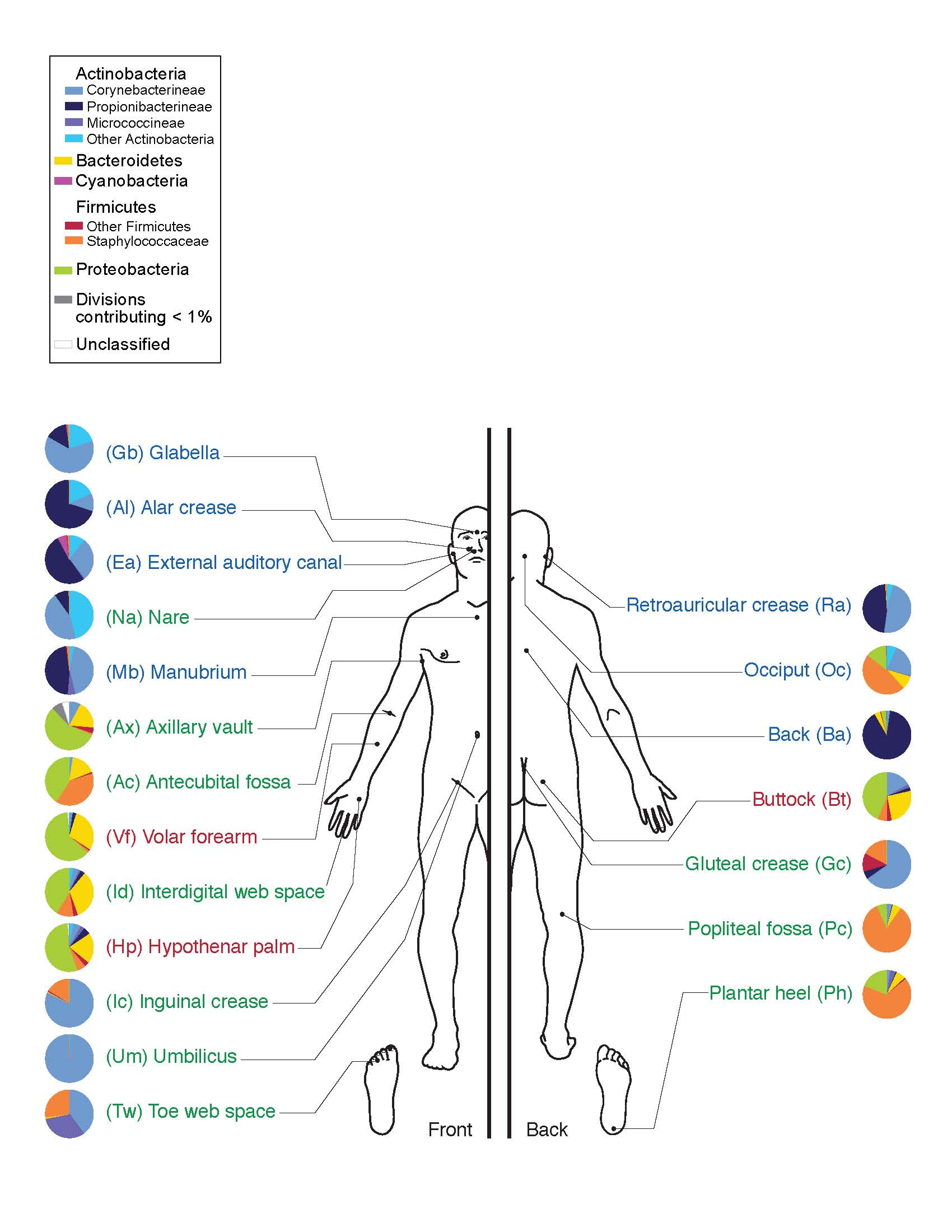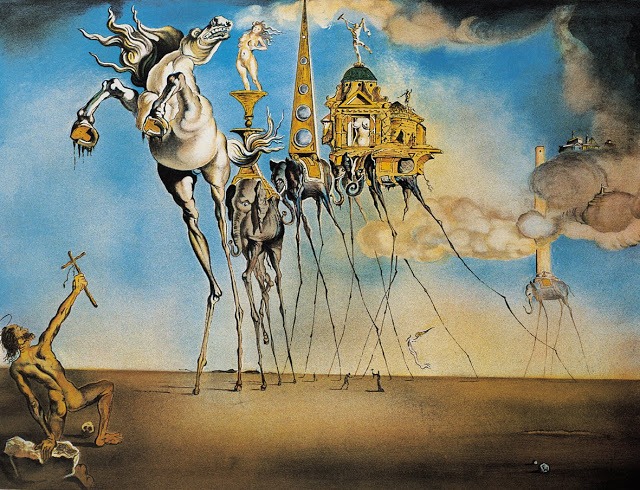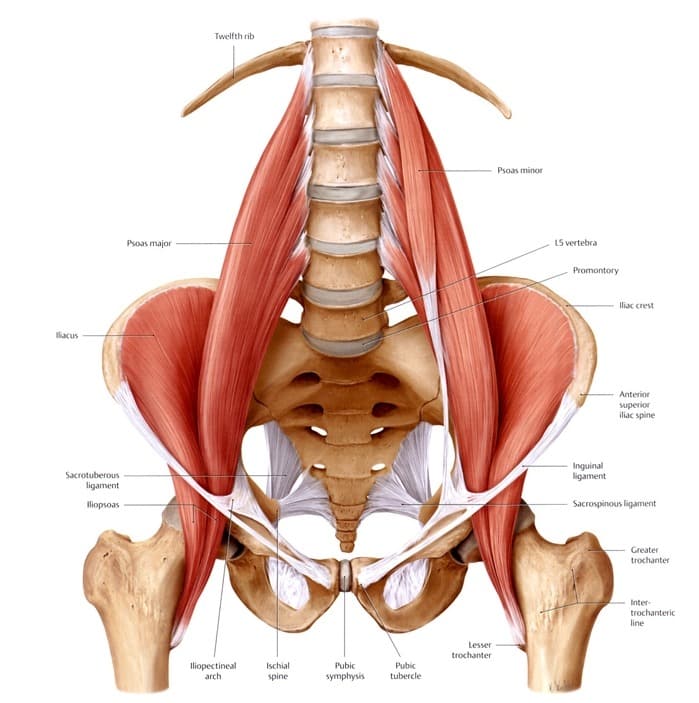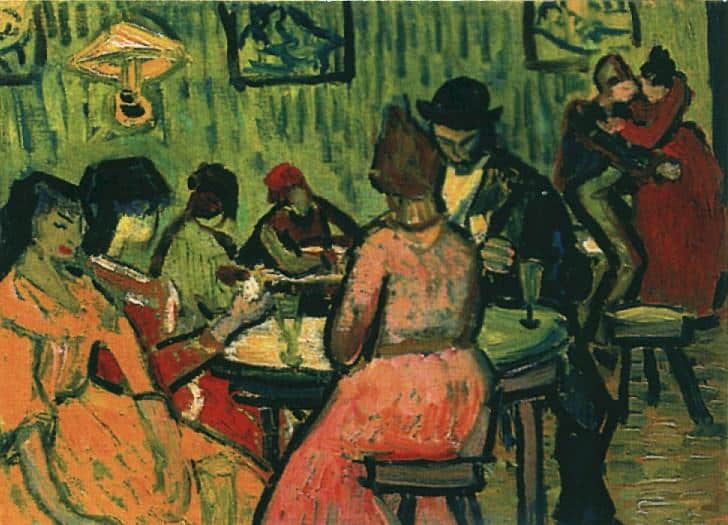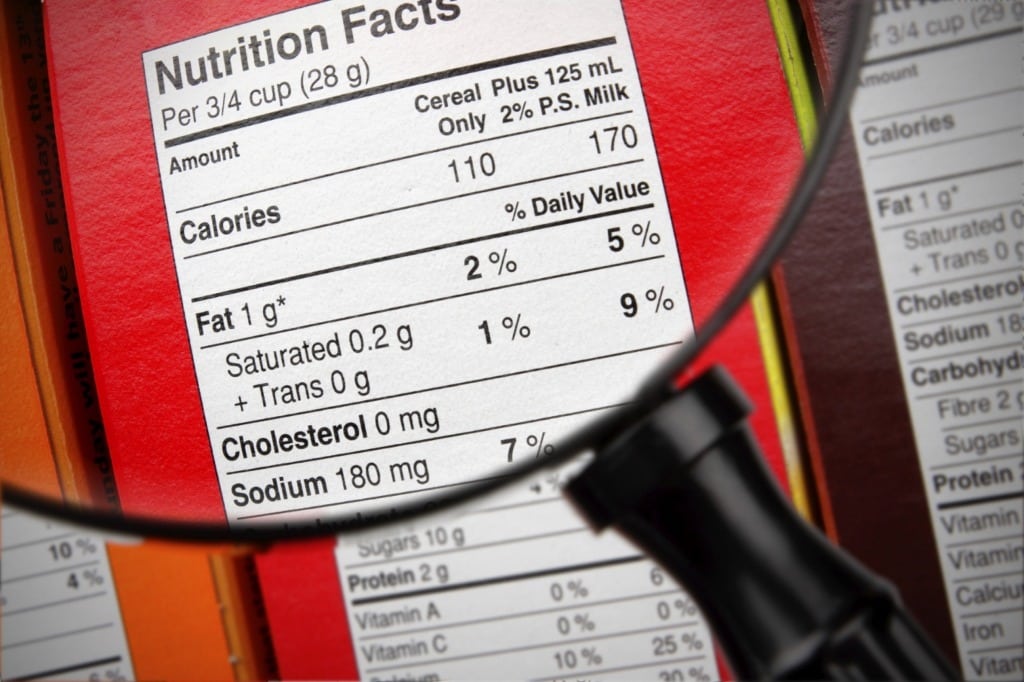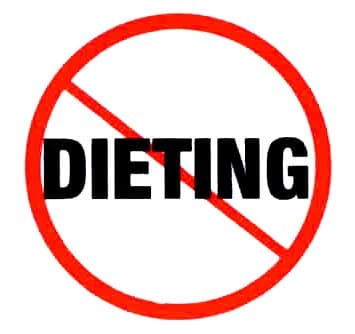The Human Body is an Ecosystem (Part 1 of 5)
Part 1: Anatomy of the Human MicroBiome Please see the other sections of the article; once they are completed the links will be active: Part 2: micro-organisms on the skin Part 3: micro-organisms in the mouth Part 4: micro-organisms in the gut Part 5: implications for modern medicine Your ability to think of yourself as one … Read more

